
One of the biggest issues with writing the close is this – it often comes last. After hours and hours of writing, you are emotionally and mentally spent and just want to wrap it all up. This often leads to half-assed close, which can leave millions on the table.
And because the close isn’t viewed as the most important piece of copy, it’s often overlooked – especially when looking to beat your control.
If you’ve ever watched a great movie, they almost always master the close. In fact, many movies that could have been in the hall of fame, fall short because their close was weak. The ending is off. Just watch the TV show Dexter and you’ll know exactly what I mean.
A bad close leaves the audience unsatisfied, with a bitter taste in their mouth. They feel as if they just wasted all this time with you – because it didn’t end well. At the box office, it means poor ratings.
In copywriting, it can mean poor conversions, less money, and a failed product.
What is the crossroads close?
The crossroads close is a slightly more advanced sales copy technique that works like gangbusters. It uses all the essential elements above, in addition to one other persuasion tactic: a crossroads choice.
The crossroads choice essentially gives the reader two options
- Continue down their current path, not taking the solution or product and not fixing their problem
- Buy the product, fix their problem and enjoy life after the problem is solved.
5 Ingredients to a masterful crossroads close
1. Recap the offer and the big promise
People get busy. They skip sections, miss portions, and are generally lazy. Add in all the other distractions of modern day life, and this is a perfect recipe for missing your great offer.
Which is why it’s imperative you recap the offer. Tell them what they get (again), especially near the call to action. While it may seem redundant, your conversions will thank you for it.
Why it works: By clearly stating the offer, you let the reader know what they are getting and for how much. It adds confidence in the form of knowing.
2. Sweeten the deal
One of the fastest ways to get “on the fence people” to jump off and buy now is by sweetening the deal. Whether it’s a bonus book, free installation, or an unexpected add on, a little goes a long way.
When finalizing your offer ask yourself: how can I make this offer more compelling? Can you include free shipping or installation? What about a free trial on a complementary product? If you have multiple options – as in the case of supplements – how can you make the more expensive offer more compelling so that you can increase the average order value (AOV)?
Why it works: When you sweeten the deal, both their logical and emotional brain become in sync, which really helps in locking in the sale.
3. Inject a little FOMO
“The fear of loss is a greater motivator than the desire for gain.”
I’m not sure who coined this, but FOMO (fear of missing out) is one of the best persuasion weapons you can use. Just think, how many times have you bought something because a deal was ending and it was going to be taken away?
One of the best FOMO offers I’ve ever seen was for a fat loss book. In the offer, the copywriter said he would take away one chapter after the first 50 purchases.
I’m not sure how much the offer did, but I know that got me to buy almost immediately. And no – I wasn’t one of the first 50.
Why it works: When you inject a little scarcity, it makes them want to buy now and not wait.
4. Reverse the risk
Unfortunately, most people have been scammed at one point or another, which makes them skeptical. Reversing the risk by offering a guarantee is the absolute easiest way to overcome this objection.
Beyond this, it instills a sense of confidence in the purchase. If the company is willing to offer a 1-year guarantee, the product must be amazing. And if they’re willing to give a full refund if you’re not satisfied, there’s absolutely no risk for them to make the purchase.
Why it works: When you provide a clear guarantee, you remove all risk on the part of the reader and add confidence to the reader that you and your product are of high quality.
5. Paint a crossroads
A crossroads close usually starts with the phrase: you now have 2 options.
What comes after, paints a picture of what their futures could look like, hopefully skewing the favor in buying your product/service.
Take this 100% fictitious acne product example:
Right now you have 2 choices… you can continue to live with all the pimple forming, acne scarring acne or you can get the Acne Eraser and wipe it all away for the rest of your life. I know that you’ll make the right choice. Buy now.
This is a little aggressive and not as drawn about, tut the copy moves the reader towards buying the product or service by simply stating too different futures that could occur based on our next decision. And almost everyone is willing to invest some money for a promise of a better future.
Why it works: When you create a crossroads, you make it extremely obvious which future they should choose, and why they should go down the path with you (and your product/service/offer).
6. Clearly tell them to take action now
Every copywriter and salesman worth his money knows that, eventually, you have to ask the customer to buy now. Talking and writing too much can literally crush a sale. And not asking for one is even worse.
Unfortunately many copywriters leave it up to the reader to decide what they want to do. I urge you to do the exact opposite. Tell people exactly what you want them to do. Tell them to buy now.
Why it works: When you ask for the sale you lead the reader and help them get the results you’ve promised. Most of the time, people need to be told what to do to take action.
A final note on writing a killer close
Just because the close comes last, doesn’t mean it deserves less attention than the rest of your copy. Even if the rest of your copy is perfect, that grabs their attention, clearly articulate the big idea, and draws them in with an emotional story, if you don’t or don’t know how to close the deal, all of it will be for nothing.
Focus on the fundamentals, and paint a vivid picture about the future. Offer a crossroads about what’s going to happen. And make sure it’s so clear that they would be stupid not to take the road less traveled, with you.
Bonus: A crossroads close in action
The best way to demonstrate how a crossroads close works is to simply give you a piece of copy to review.
This next passage is one of the best crossroads closes I’ve ever seen. You can clearly see every single human-incentive tactic, weaved together in a spellbinding fashion.
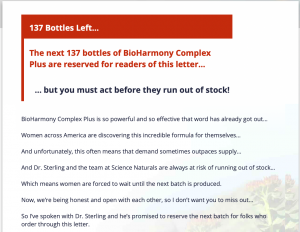
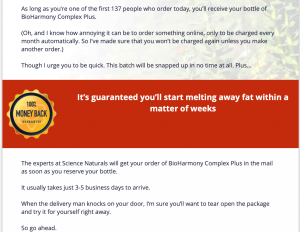
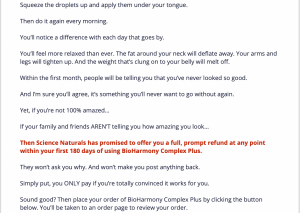
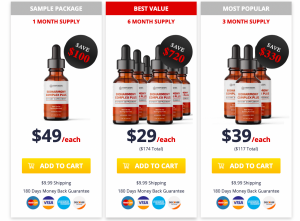
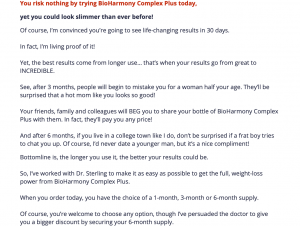
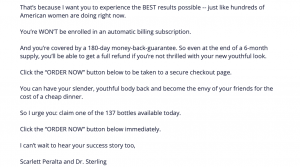

Comments are closed.